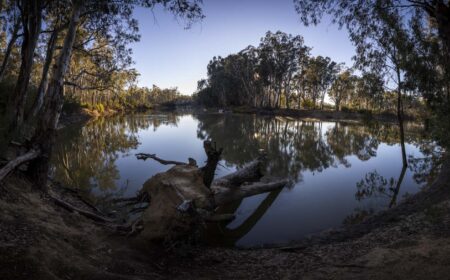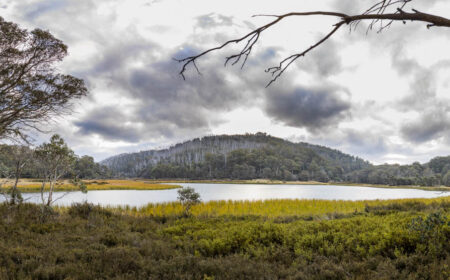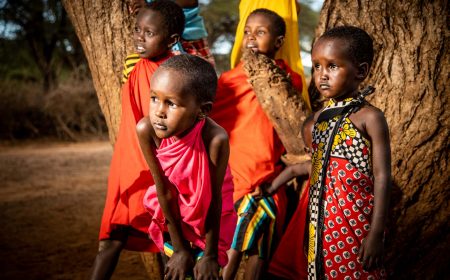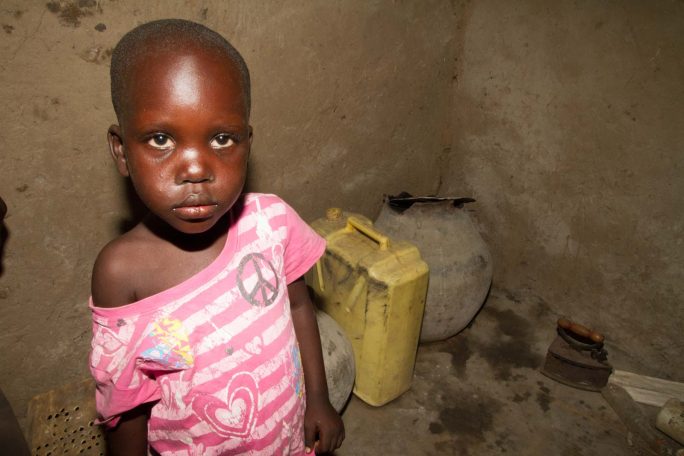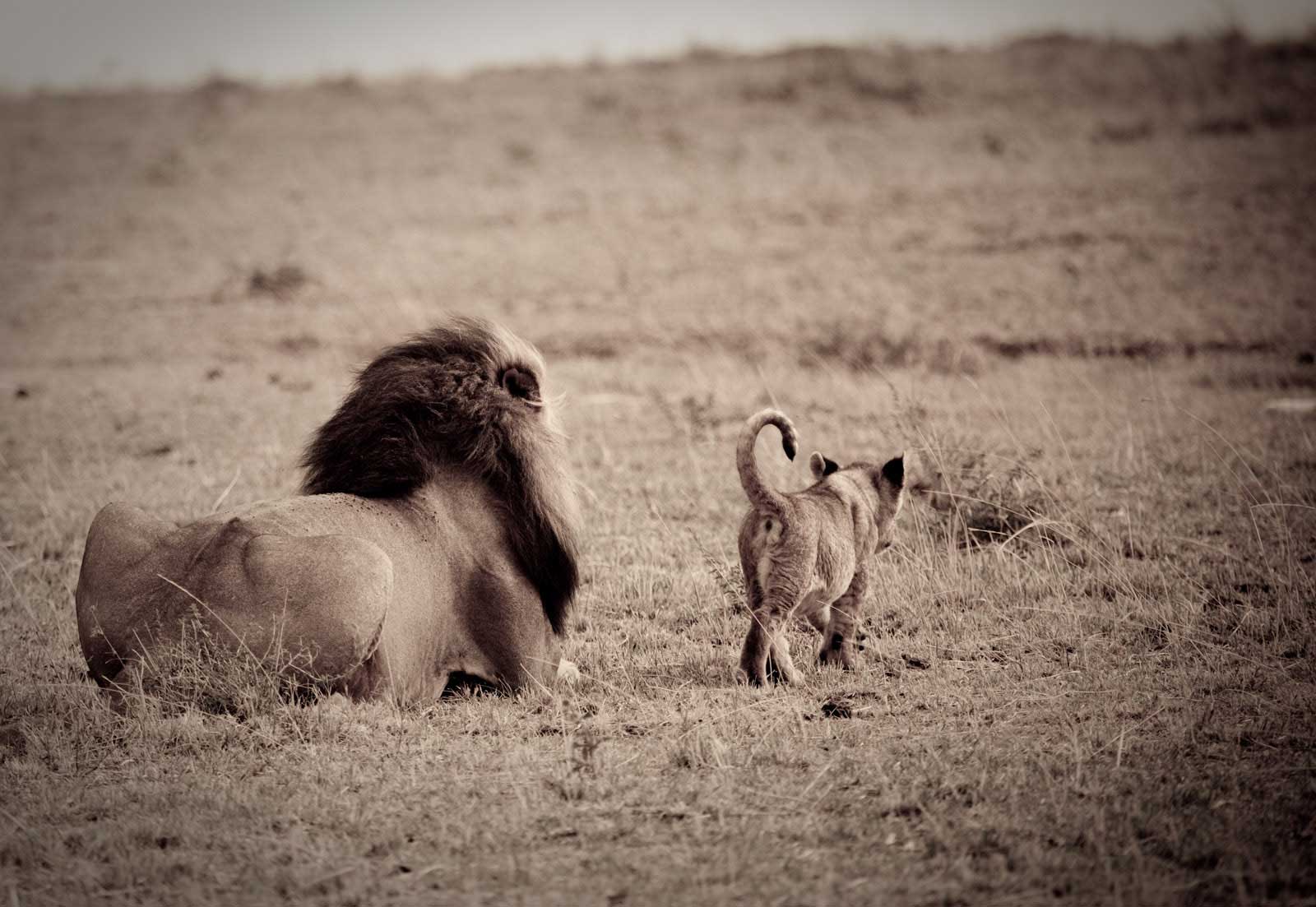I found this post really difficult to write – one of the hardest I’ve written so far: how do you describe the feeling, the emotion, the experience of volunteering in a country like Uganda for two weeks?
I can tell you what we did, what we saw, how people responded to us, but how do I describe the impact an experience like volunteering has on your very being.
The old cliché says that those who volunteer get so much more out of the experience than those they are working with do. And while that was definitely true in our case, I think it was a richly rewarding experience for all involved.
The town was hot and dusty, we went without all our modern day comforts and were in bed early to escape the mosquitoes, but still I would go back tomorrow. The people we met, the children we played with, the staff we worked with and for got under my skin in a way we rarely experience.
My sister, Julie, and I spent just two weeks volunteering at Amari Community Development Organisation, a school in the very remote town of Buliisa, northern Uganda, yet in that time they became such a part of my life that I still think about them every day, wonder what they are doing and whether they still think about us. I look back over the photos of them and smile, I read the emails I sent at that time and feel my eyes getting misty – to say it was an amazing experience doesn’t quite cover it.
Of course there were those moments in which we wondered what the hell we doing here, where had we come to and why. Pit toilets, cold, open air shower blocks, endless mosquitoes and a lack of not just comfort food but the endless variety of foods we have at home will do that to you.
We lived largely on rice and beans for two weeks, but we were lucky. We had fish every few days, bread when we could get it and sometimes homemade at that, fruits and vegetables and even the odd omelette and homemade biscuits.
Our room was a basic brick hut with proper beds and mosquito nets, a cupboard, a desk and a bucket with fresh water for washing – or weeing in if we woke up in the middle of the night and were desperate (don’t judge us, it was better than tackling the mosquitoes outside).
The pit toilets were behind our hut and the solar heated shower block was behind the kitchen. We got used to cold showers and even looked forward to them – the only time we would be cool all day was those 10 minutes in the shower.
But we knew we were living in luxury compared to most of the people around us. We also knew we were here by choice and that eventually we would go home to our airconditioners, flushable indoor toilets, hot showers and more food than we could possibly want or need. For the people around us, this was their everyday existence.
We spent our days listening to the children singing and playing the drums during morning assembly, photographed and video-taped them in the classrooms, played with them after school, visited their homes and spoke to their parents about life in Uganda.
These were some of the poorest families in the community. The children were selected to study at Amari because they were among the poorest and most vulnerable – in many instances they lived with their grandparents because their parents had died, or they lived with just one parent. Often they were one of nine, ten or eleven children being looked after by the guardians.
Their homes were often two room huts in which all the children and sometimes the guardians would sleep in a single room. One father told us he desperately needed to build a new hut because his roof leaked but it would cost about 500,000 Ugandan shillings ($200 Australian dollars) and he didn’t have the money.
But there were so many things I loved about their way of life. I loved that instead of coming home from work and turning on the TV they sat outside as a family or a community and talked.
When we went to visit the families all the neighbours came to see us – it always took us a while to work out who actually lived in the house and which children belonged to which parents. Yes they wanted to come and see the “muzungus” (white people), we were a rarity in these parts afterall, but there was also a great sense of community, everyone was welcome.
Inside the huts they had what they needed, nothing more. It made me think about all the stuff we, I, collect, things that we really don’t need and that often never gets used.
Our time volunteering at Amari made me think about what’s really important and what do I want my life to look like, and while that may sound melodramatic and introspective, I found myself smiling the whole time I was there.
People back home commented that when they saw the photos of Julie and I, our eyes were sparkling and we had the biggest smiles on our faces. We couldn’t help it; we were reflecting the looks we got from the children, the families and the staff every day.
I’m not naïve enough to think this was utopia, or that life isn’t a struggle for the people in Buliisa. I love my life in Melbourne and wouldn’t want to live anywhere else. But I do know the people of Buliisa and Amari taught me a lot and there are still many things we westerners and “affluent societies” can learn from the people living in developing nations.

Fast facts
We stayed on site at the school in Buliisa.
We stayed for two weeks to volunteer in a marketing and communications capacity for the school.
Was it long enough? It was more than long enough to see the town and its surroundings, but I would go back tomorrow to spend more time just being with these beautiful people.
Highlights: Seeing the absolute happiness and delight in the children’s eyes, the privilege of visiting with people in their homes, sitting and watching life go by in the main street of Buliisa.
Tip: If you are interested in volunteering overseas, do your research – there are thousands and thousands of organisations offering volunteering, some are more voluntourism than volunteering. Read more about our decision to volunteer in Uganda.
Join us on Instagram, Facebook and Twitter for more travel chatter.
